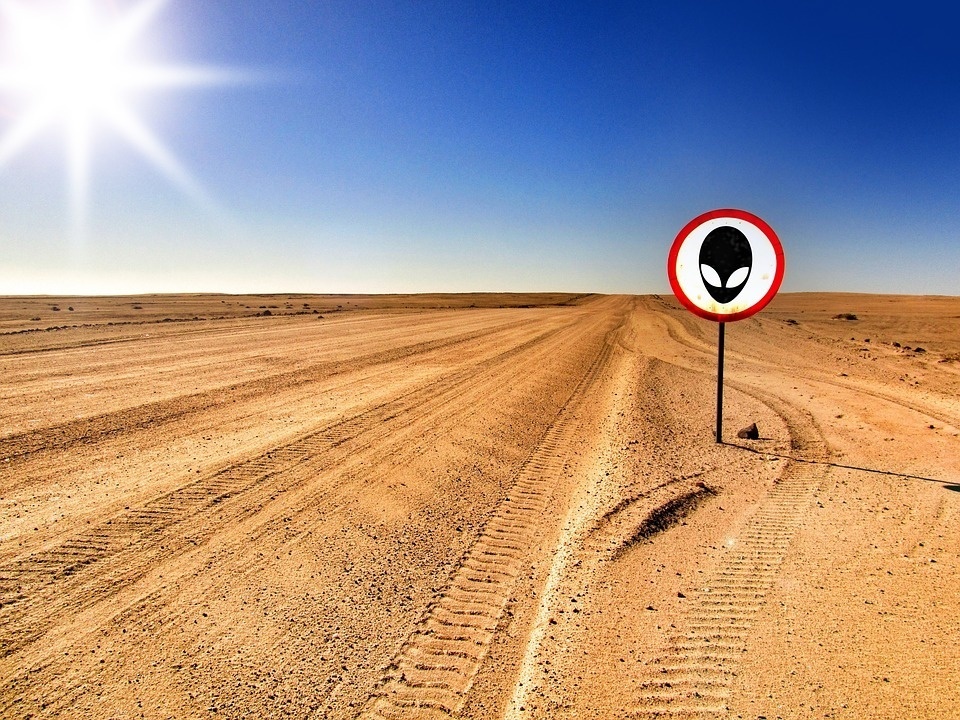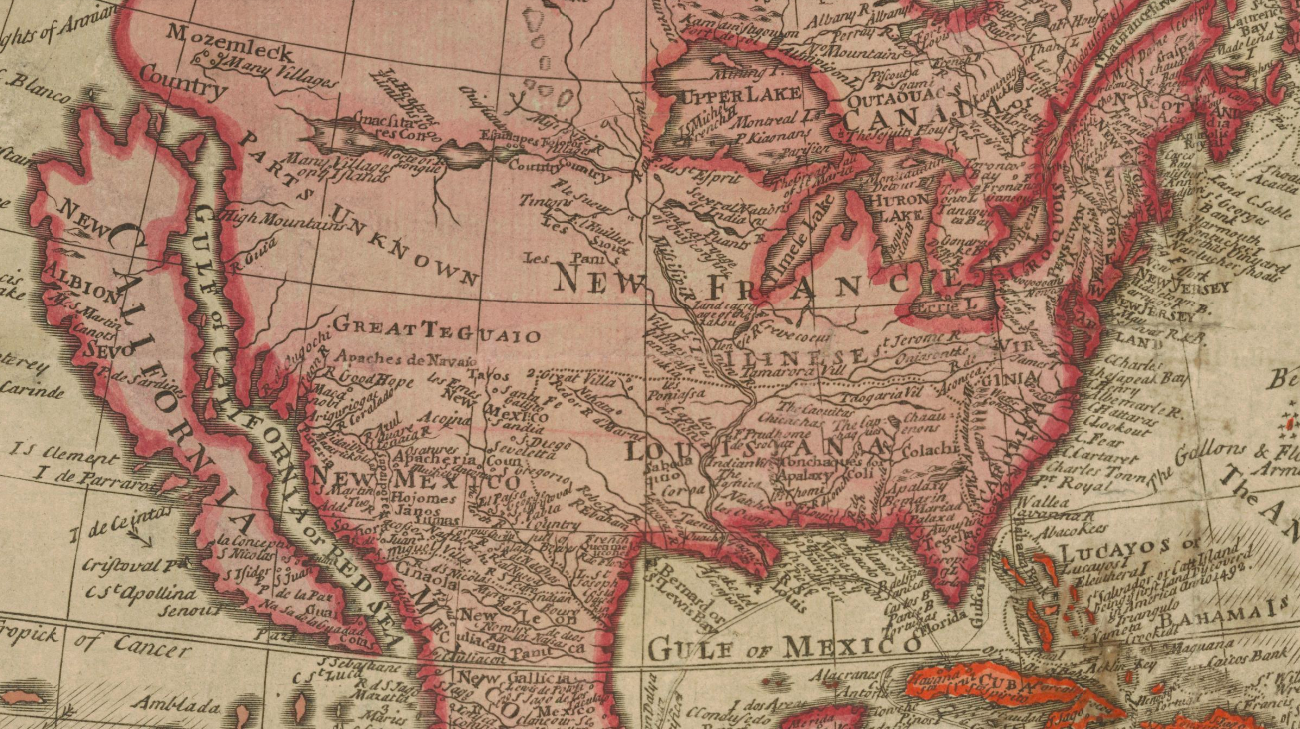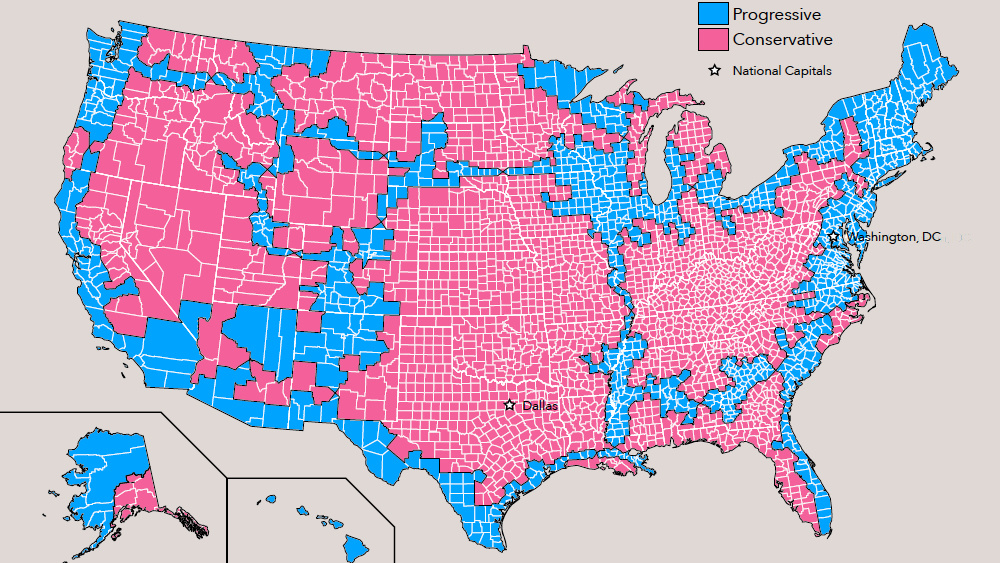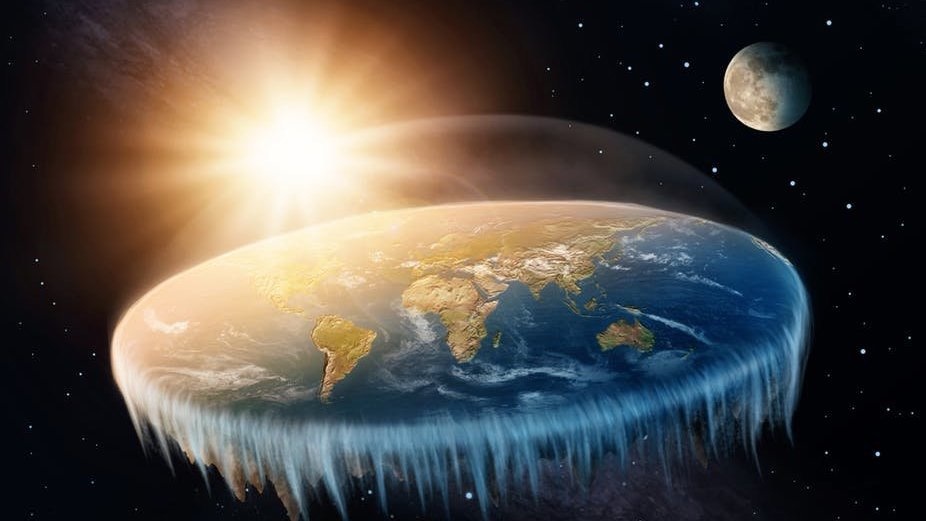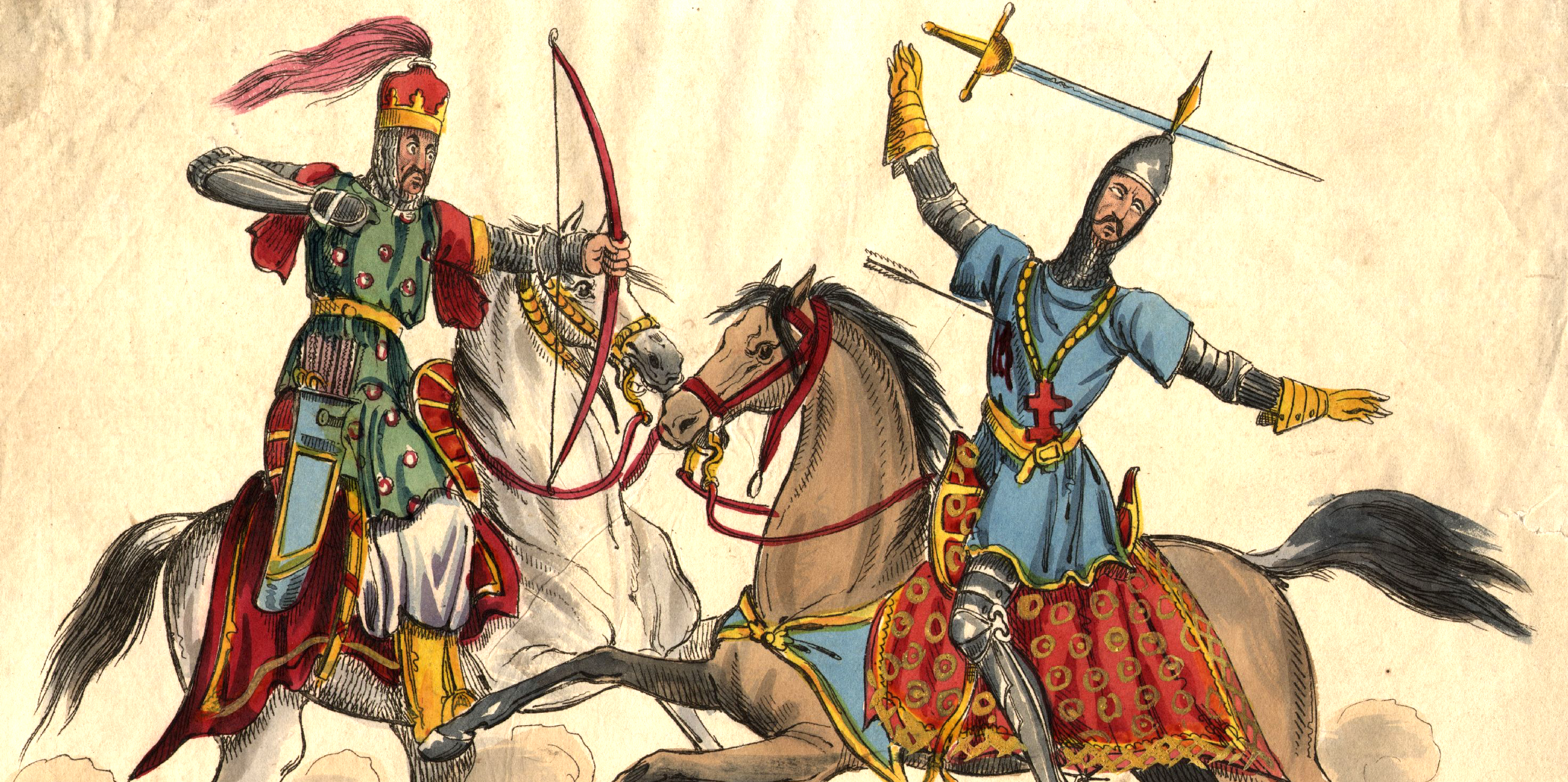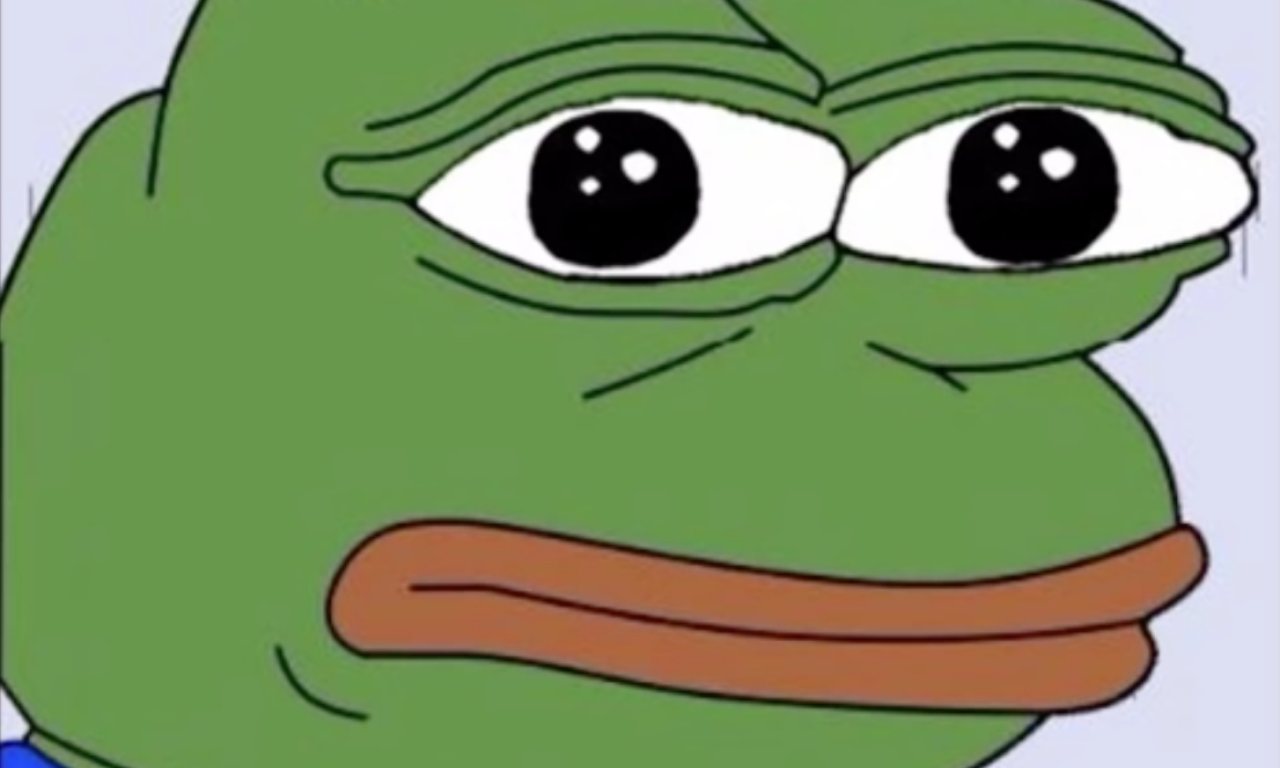meme
Jokesters and serious Area 51 raiders would be met with military force.
The Glen McLaughlin Collection brings together more than 700 historical examples of ‘California as an island’.
Is everyone’s favorite Thanksgiving centerpiece really to blame for the post-dinner doldrums?
Progressive America would be half as big, but twice as populated as its conservative twin.
The contestants would try to reach the end of the world, as they understand it.
The Middle Ages see a resurgence of interest among the alt-right and some conservative thinkers.
Work on “memes” by Richard Dawkins provides insight on the spread of thought viruses.
Memes have the potential to make people laugh, but when they’re used for evil?
